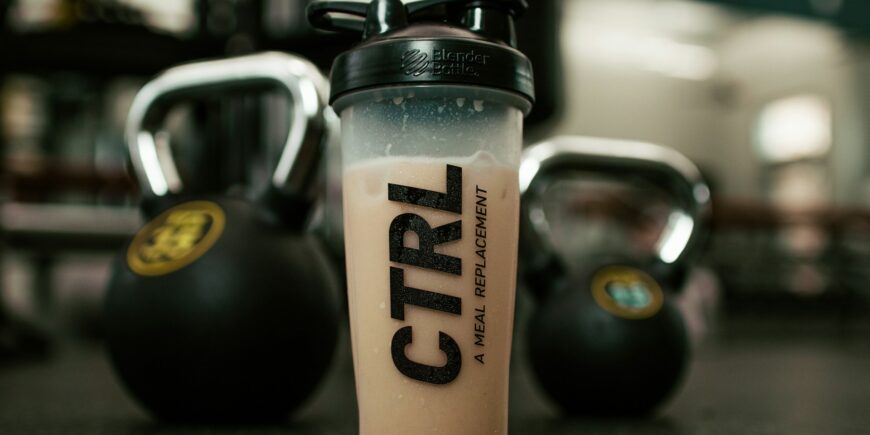Branched-Chain Amino Acids (BCAAs) and creatine are well-known fitness supplements that can enhance workout performance. BCAAs may reduce muscle damage and soreness, while creatine can boost energy and strength during exercise.
What Are BCAAs?
BCAAs consist of three essential amino acids: leucine, isoleucine, and valine, which the body cannot produce on its own. These amino acids are vital for protein synthesis, aiding digestion and muscle repair. Once consumed, they are absorbed and utilized by skeletal muscles.
Benefits of BCAAs:
- Promote protein and energy production in cells
- Support muscle growth
- Decrease muscle damage and soreness
BCAAs are naturally found in meat, dairy, nuts, and seeds. Supplements are considered safe at doses up to 20 grams daily for six weeks. It’s recommended to take 2 to 10 grams daily, especially around exercise. However, more research is needed on optimal timing and long-term effects.
Potential Side Effects: Nausea, stomach pain, muscle cramps, and decreased appetite.
BCAAs and Insulin Resistance
BCAAs may increase the risk of insulin resistance, which can inhibit the body’s ability to utilize blood glucose for energy and may lead to type 2 diabetes.
What Is Creatine?
Creatine is produced from the amino acids glycine, arginine, and methionine. It enhances physical performance, strength, and energy for short-duration workouts. Creatine also helps reduce inflammation and cell damage. It is found in foods like beef, pork, and seafood, as well as in supplements.
Creatine contributes to the production of adenosine triphosphate (ATP), the primary energy carrier in muscles, and it helps minimize muscle soreness by reducing lactate accumulation.
Dosage: Typically, start with 20 grams daily for a week, followed by 3 to 5 grams daily for up to 12 weeks. This loading phase can enhance creatine storage, improving performance and recovery.
Potential Side Effects: Weight gain due to water retention, stomach cramping, nausea, diarrhea, and muscle cramps.
Comparison of BCAAs and Creatine
| Feature | BCAAs | Creatine |
|---|---|---|
| Naturally Made | No, must be obtained through diet or supplements | Yes, can be obtained from diet or supplements |
| Potential Benefits | Reduces muscle damage and soreness, aids muscle size | Increases strength, energy, and reduces soreness |
| Best For | Muscle growth and recovery | Short-term energy-intensive workouts |
| Potential Side Effects | Nausea, stomach pain, muscle cramps, insulin resistance | Weight gain, stomach cramping |
| Stored in the Body | No, absorbed quickly | Yes, stored for future energy use |
Who Should Use BCAAs?
BCAAs can be beneficial for individuals focused on muscle growth, particularly those who may not consume sufficient protein daily. However, they may not significantly enhance muscle mass for those meeting their daily protein needs (1.6 grams per kilogram of body weight).
Who Should Use Creatine?
Adults aged 57-70 may find creatine beneficial for increasing muscle mass and strength, which are crucial as one ages. It can also enhance balance, stability, and independence, while reducing the risk of age-related diseases like osteoporosis. Vegetarians may also benefit due to lower dietary creatine intake.
Can BCAAs and Creatine Be Used Together?
Yes, BCAAs and creatine can be safely combined. BCAAs support muscle repair, while creatine boosts energy and strength. They can be mixed in drinks or smoothies, but check for other ingredients that may not mix well. Consulting a healthcare provider can provide additional guidance.
Conclusion
BCAAs and creatine are effective supplements for improving workout performance. BCAAs help mitigate muscle damage and soreness, while creatine enhances energy and strength. If you’re considering these supplements, it’s wise to consult with a healthcare provider to determine the best choice for your fitness goals.
Alpha Expat can help you reach your fitness and nutrition goals with customised solutions. Reach out to us and get the ball rolling, or click on the WhatsApp button in the lower right corner.
With files from: Health.com
Photo: Upsplash.com



